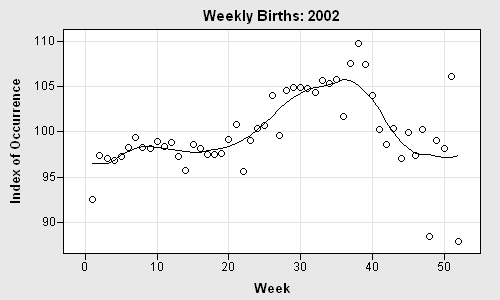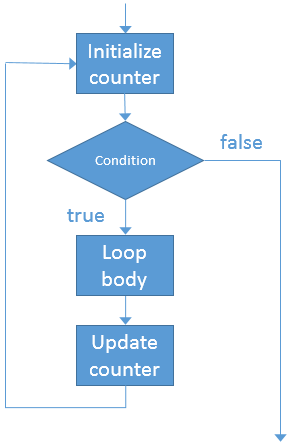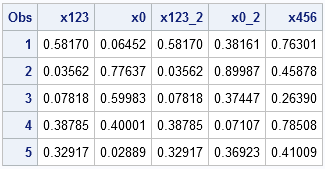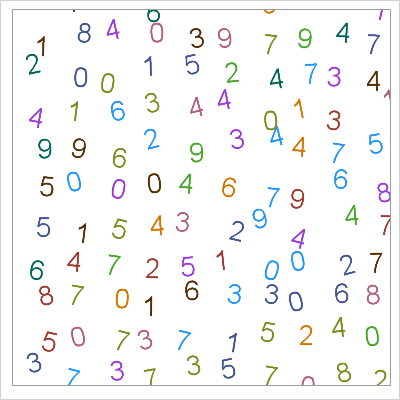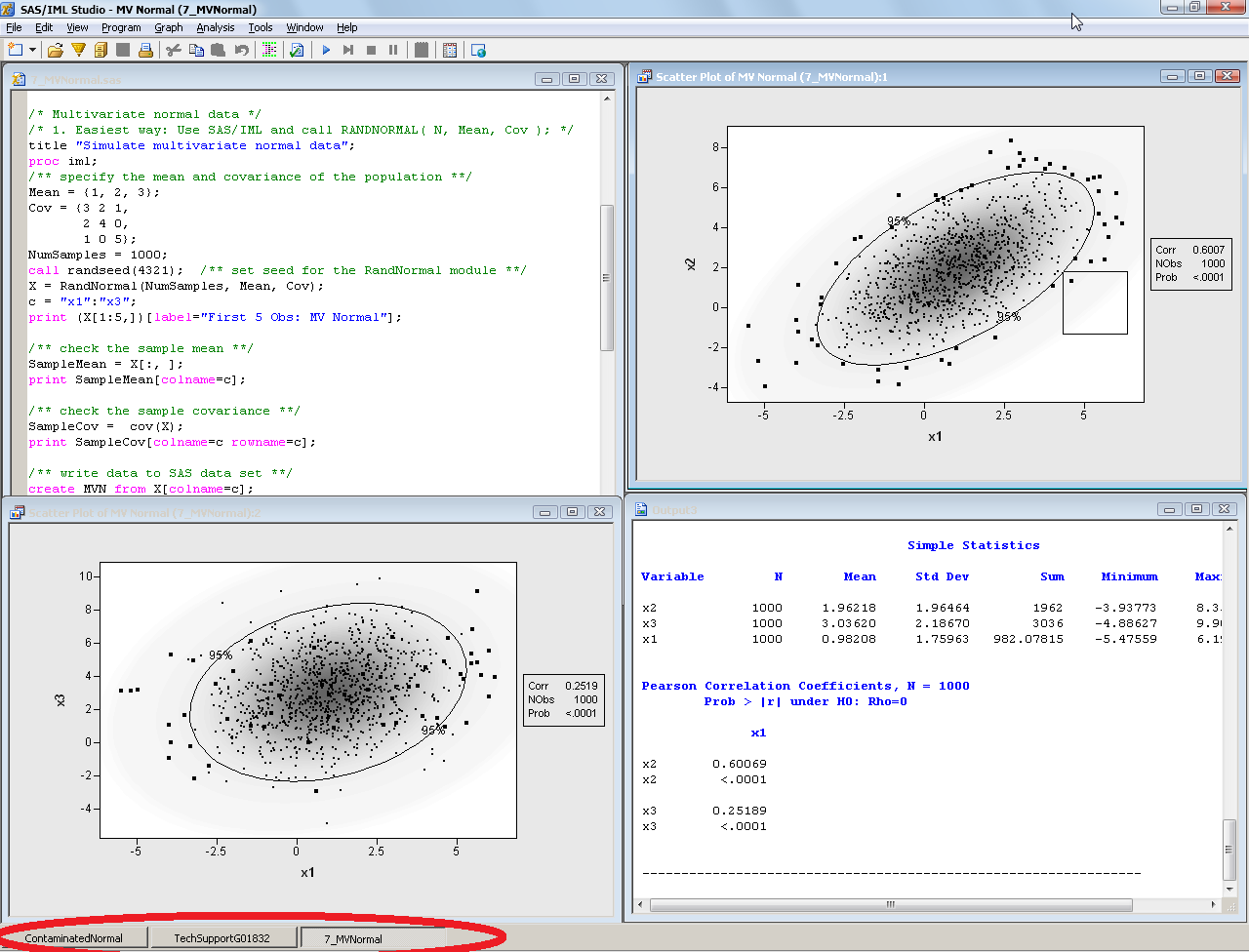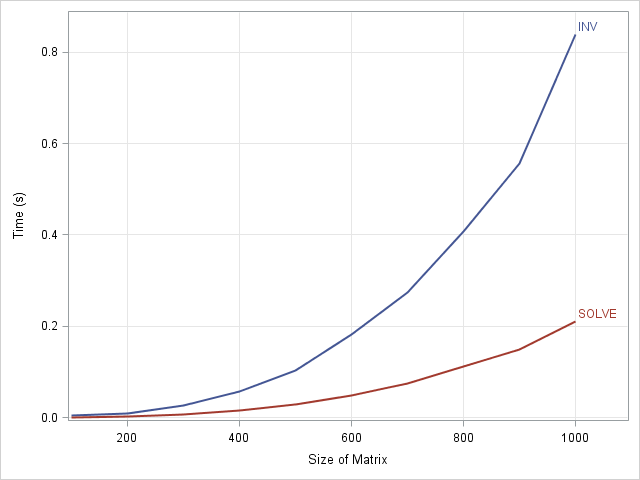
You can extend the capability of the SAS/IML language by writing modules. A module is a user-defined function. You can define a module by using the START and FINISH statements. Many people, including myself, define modules at the top of the SAS/IML program in which they are used. You can

